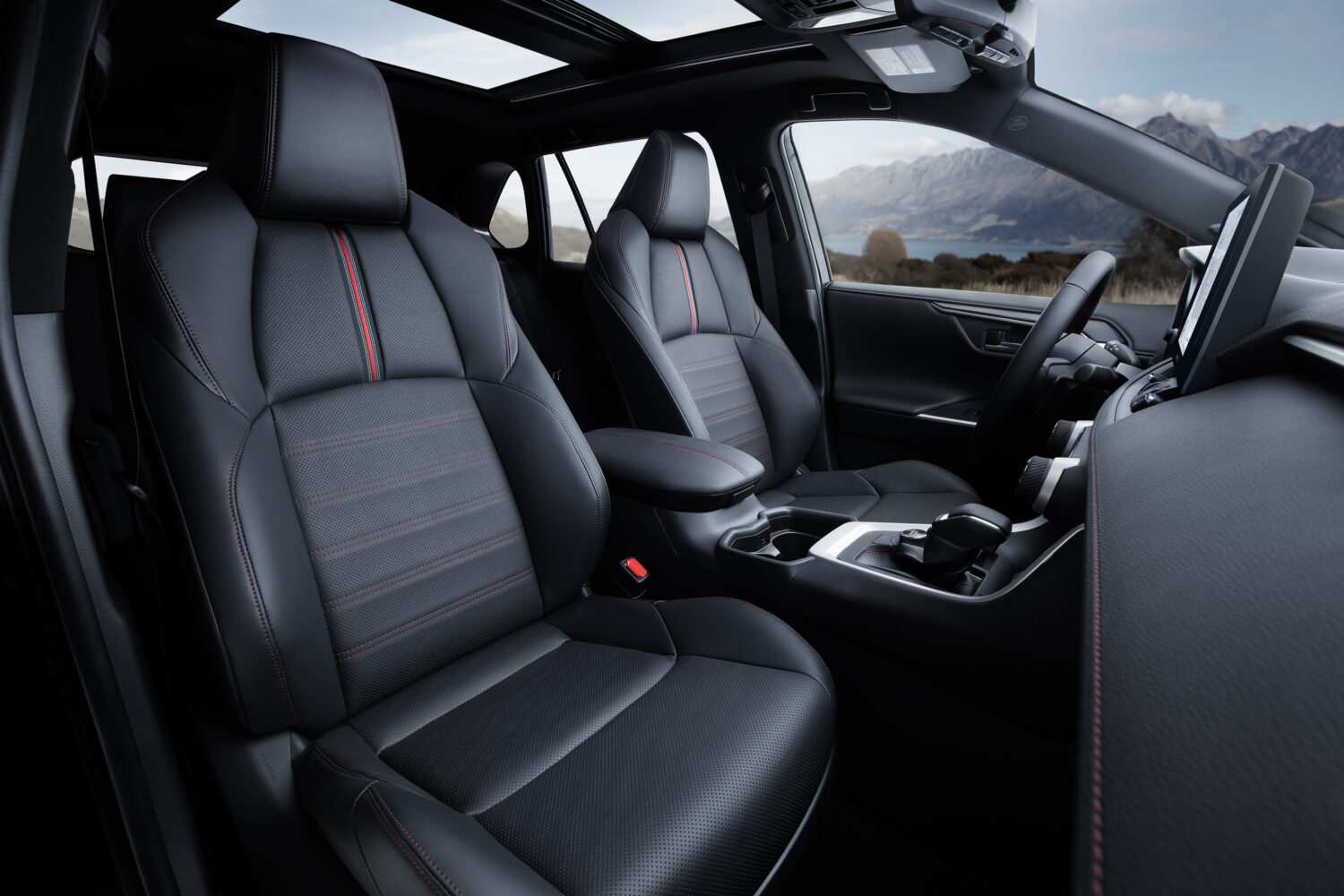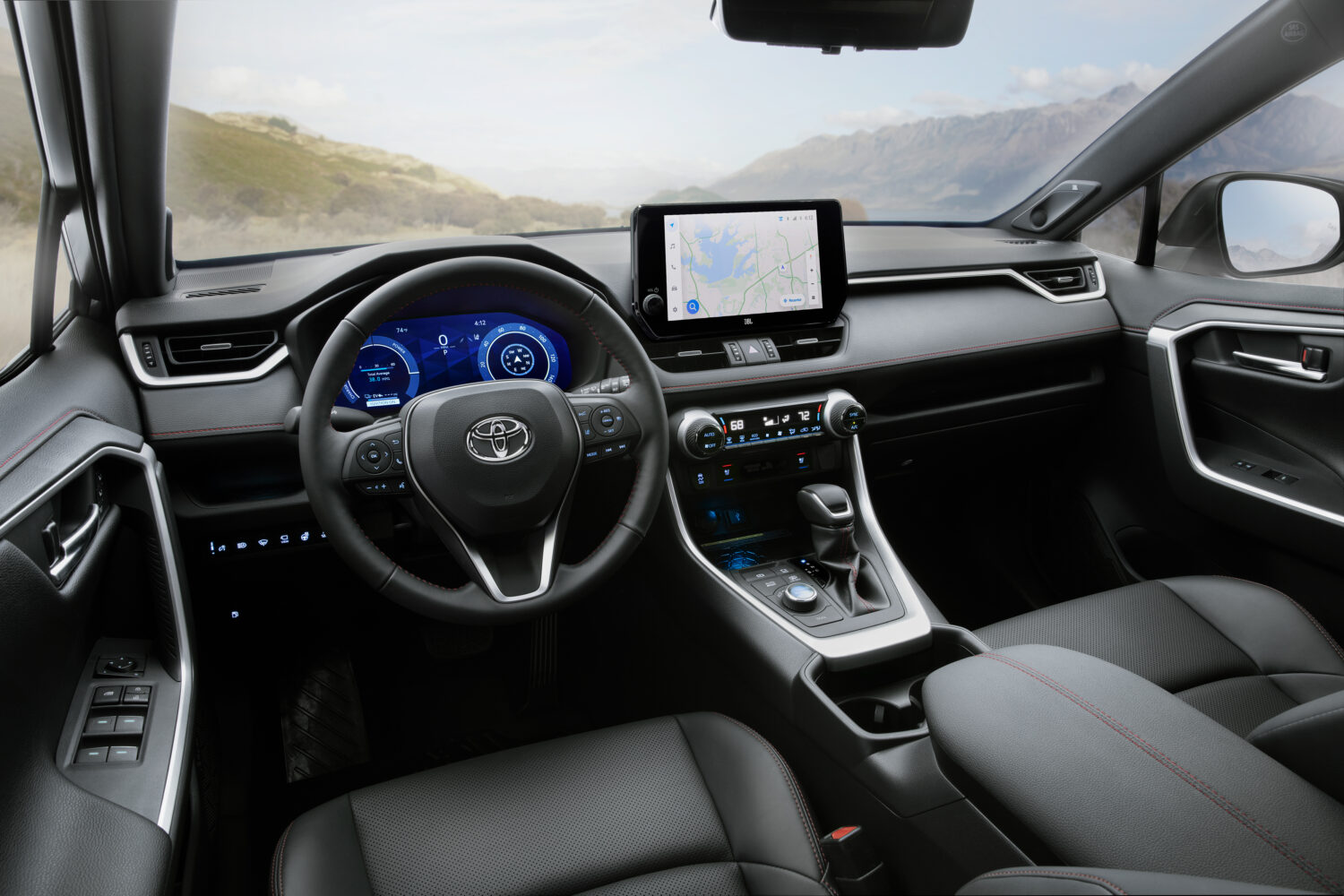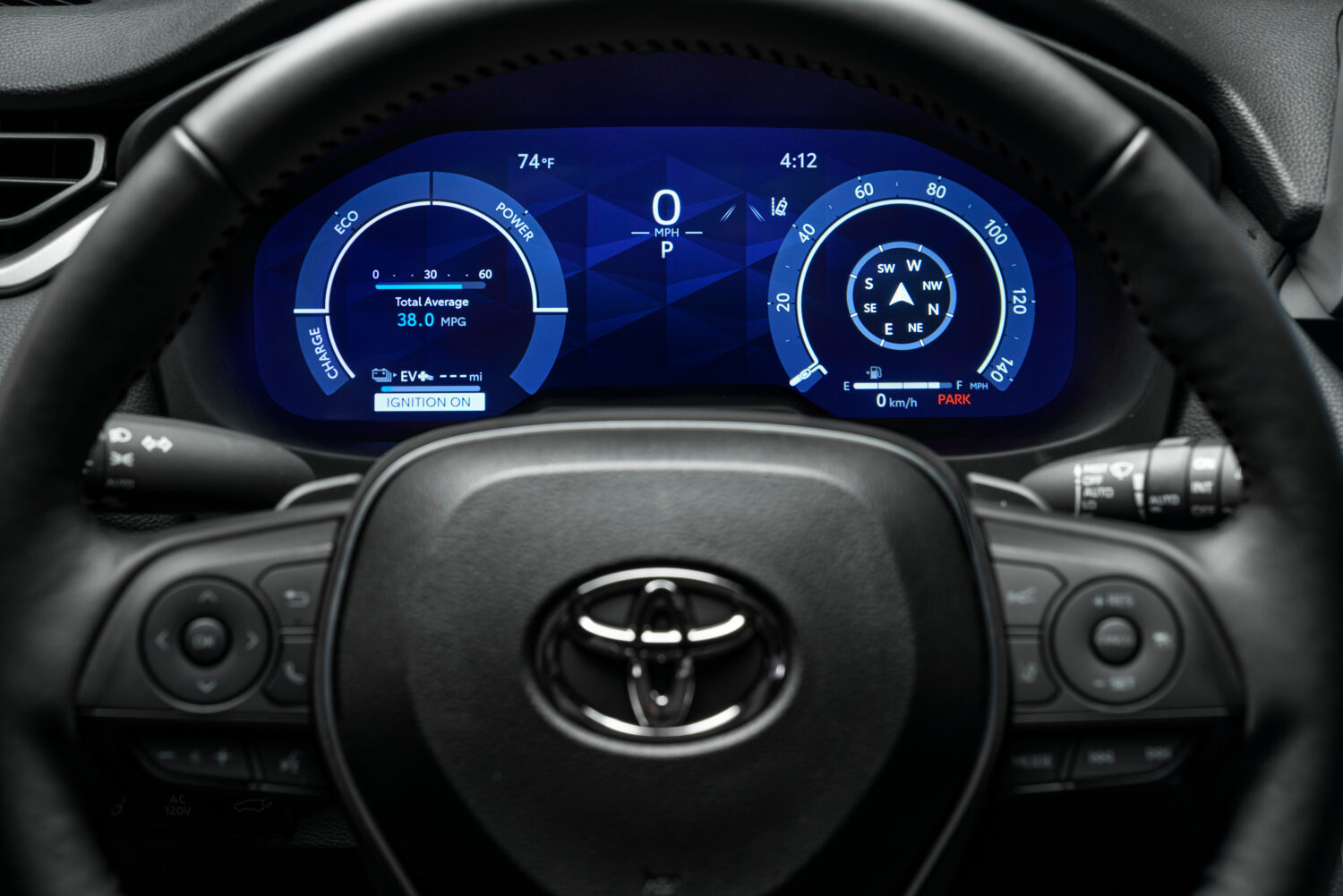It was half a year after we broke the addiction that Brilliant Bride and I realized how much it had been robbing us.
With little thought, over the years, we had shelled out thousands and thousands of after-tax dollars for a substance we hoped never to touch, which made us neither healthier nor wiser and was terrible for the planet.
As two retired teachers, the cure came from our search for a fuel-efficient, comfortable, roomy, and safe vehicle to take us on adventures. Quick digression: These are always so nice; soon, we seek fall leaves in the Smoky Mountains.
A vital first decision when buying any car, new or used, is which of four power trains best fits one's needs:
ICE: Internal combustion engine, gas, or diesel. Easy choice--there is a gas station on every corner.
HV: Hybrid vehicle, such as Prius, pioneered by Toyota. A powerful electric motor assists an ICE rig. These use about 40% less fuel and are more dependable because they relieve stress on the ICE.
PHEV: This is an HV with an additional rechargeable battery that allows the vehicle to run 30-40 miles on electricity alone. Then, imperceptibly, the hybrid takes over. These plug into 110-volt outlets and charge overnight.
BEV: Basic electric vehicle. Their expense seemed not to justify the price, and a couple of test drives taught us they could be dicey to keep charged outside urban areas. Not suitable for adventures.
We decided a plugin hybrid would allow us to go anywhere with the least amount of gas. We looked at Toyota, Hyundai, Kia, Ford, Volvo. I liked the Chrysler Pacifica plugin, but the blue-eyed one was firm regarding a minivan. Our best bet: a Ford Escape plugin hybrid.
Fair treatment at a local dealer and a federal tax credit available only to vehicles assembled in the US made the Escape Plugin, which only comes loaded to the gills, the most car for the money on the market. Ford, the loser of billions of dollars on BEVs, no longer builds this model. Go figure.
Serendipitously, we stopped buying gasoline. Beautiful Bride rarely goes more than 32 miles in a day. It came with a full tank, and in the first six months, we bought 12 gallons. It has been sitting on full for a couple of months, and I am looking forward to putting a couple of tanks of gas through that engine to break it in. (The Rav4 has a feature that forces the engine to run without assistance once every six months to warm things up and clear moisture from the crankcase}.
Our numbers work out to more than 204 miles per gallon. And our electric bill went up less than $2. Oh, and we love it. No problems.
That makes sense. Ford first licensed hybrid technology from Toyota and seems to have learned the secret: Do not re-engineer everything when melding electric and ICE systems. Use what works.
The Rav4 engine, for example, is an iteration of a 2.5L motor Toyota has used since 2018. Highlander and Sienna hybrids have the same transmission.
------
THE LATEST, GREATEST
I just spent a week in the second-best PHEV I have laid hands on, the Toyota Rav4 Plugin Hybrid. (The best? A Lexus 450h+) If you look at one of these on a dealer lot this week, it will say Rav4 Prime, but for 2025, Toyota is dropping the Prime off its PHEV badges.
Toyota did not say why, but one might speculate it is doing a little public education here. One analysis found that a fourth of people who buy PHEVs do not plug them in. Suppose they do that with the Rav4 PHEV. In that case, they will have a compact SUV that is versatile, practical, dependable, safe, comfortable, powerful, agile, technologically advanced, and delivers 38 mpg, but they could have had all that for $9,400 less.
Available in SE and XSE trim levels, the 2025 Rav4 Plugin Hybrid starts at $43,865 plus $1,395 for delivery. A non-plug-in SE is $34,420. Our XSE tester started at $47,310 and included a $2,585 premium package with an extensive list of goodies, including a panoramic moonroof, stitched leather-like trim, and a head-up display. The bottom line on the sticker read $52,978. (Our Escape cost significantly less with the tax credit).
The first impression one gets upon reading that is, "$53,000 for a Rav4? No way." After a test drive? Perhaps.
Built in Japan at the Obu plant, one of Toyota's best, the execution of the Rav4 PHEV is flawless. It receives better paint and has immaculate fit and finish inside and out. Red stitching on soft-touch cabin materials lends a Germanic luxury feel.
As in all Rav4s, the cabin has an intuitive infotainment system. Motor Trend commended the "well-designed and practical interior layout" with "good use of materials and build quality." With 37 cubic feet of cargo space behind the rear seats and 70 cubic feet with seats folded, there's ample room for groceries, luggage, or sports equipment. Perfect for adventures.
The hybrid system has electric motors fore and aft. The AWD system controls torque to each of the wheels, compensating for any loss of traction. This gives the Rav4 PHEV an excellent grip in tight corners and the ability to pull through curves when exiting under throttle. On a winding back road, it is a roller skate on rails.
Add a 2.5-liter four-cylinder engine to the electric motors, and the Rav4 Plugin delivers a total system output of 302 horsepower. It reaches 60 in 5.5 seconds, making merging into freeway traffic easy. And fun.
Under the hood, the Rav4 Plugin is elegantly engineered. There is no starter, no alternator, and no engine belts. During braking, the motors function as generators for the main battery, so brakes will last more than 100,000 miles.
------
NOT PERFECT
The Rav4 could use improvements. Though all the options and the extra care at the factory make the Rav4 Plugin feel special, it belies its economy car origins in some ways.
One is the front seats. Perhaps because ours came with a sport trim, but the seats started to feel hard on our way back from a 360-mile journey. That should not happen in a $53,000 car.
For that money, one might also expect Toyota to do a better job on noise, vibration, and harshness. On uneven surfaces, it transmits more road irregularities than one might expect. Plus, the cabin is loud, especially on the miles of chip-sealed roads that blanket East Texas. We had to button things down and close the felt cover to the moonroof to give the car voice commands.
We find the price ironic. Toyota's reluctance to jump into the BEV market was first panned, and then, as events unfolded, it was praised. Yet, here stands Toyota, offering a product that is perfect for the masses but priced for the carriage trade.
Trim back the options and build it in North America to be eligible for government incentives, and Toyota would have something to dominate the next decade the way Camry did the prior two.




